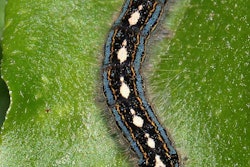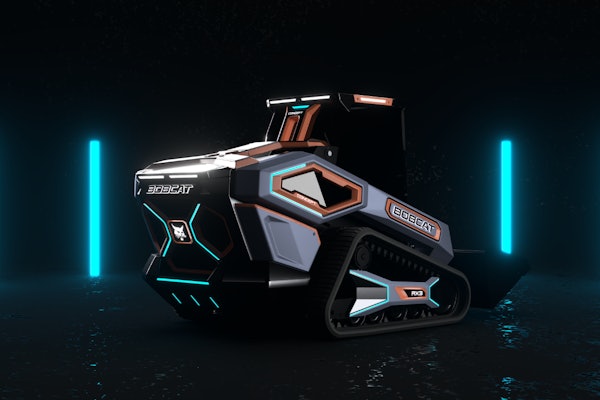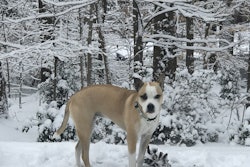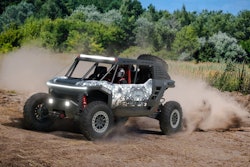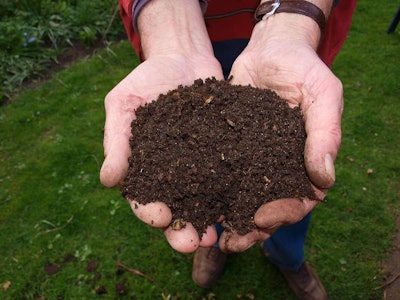
Composting is the biological decomposition of organic material that produces the useful organic material known as compost, or “black gold.” Compost is a dark, crumbly, and earth-smelling form of organic matter that can be used to enrich flower and vegetable gardens, as well as the soil around trees and plants.
The basic requirements for composting are carbon, nitrogen, moisture, and oxygen.
How it works
Microorganisms feed on the organic matter and use the carbon and nitrogen to grow and reproduce. The microbes use the carbon for energy and the nitrogen for growth, so it is very important to get the C:N ratio correct. The mixture can vary, but a combination of materials 30 parts carbon to one part nitrogen is considered optimal.
Time and temperature have an effect on how fast the pile decomposes. The hotter the pile, the faster the microbes break down the materials. They are most efficient at temperatures around 130 to 140 degrees Fahrenheit. Large piles will be able to hold the heat of the microbial activity while piles smaller than three feet cubed will struggle to retain the warmth.
Like all other living things, microbes need water so it’s important to keep the compost pile damp. The pile also needs to be turned regularly to ensure proper aeration.
What materials to use
Probably one of the biggest questions homeowners have about their compost piles is, what materials should and shouldn’t they use? Organic materials like grass clippings, leaves, weeds, hedge clippings, coffee grounds, eggshells, fruit and vegetable scraps are some that can be used in a compost pile.
If the client is wanting to use their compost in the garden, it’s best to leave out the weeds, as the seeds are only killed if the temperature in the pile is hot enough. Diseased plants should also not be added to the pile, as it may survive the heat and return to the garden.
Materials that should not be used in the compost include grease, fat, meat scraps, and bones. These are slow to break down and could attract dogs, rats and other animals. Click here for a partial list of composting materials and whether they are high in nitrogen or carbon.
Creating a pile
Once your client has decided they do want to give composting a try, you need to discuss with them where they want it and if they want it contained in a structure or just heaped in a pile.
A compost pile should be in a convenient but unobtrusive location. If the customer plans on using their compost in the vegetable garden, having it located nearby is a good idea. A level area with good drainage that is not exposed to direct sunlight or strong winds is the ideal space.
A compost pile should be no smaller than three feet cubed and no larger than five feet cubed. To keep the yard looking neat, homeowners can choose between a simple bin made from woven wire mesh or more permanent and elaborate structures.
When starting the pile, it is advised to layer the materials thinly and uniformly as if making a lasagna. The first layer should be organic materials with the bulkier materials on the ground-level layer. The second layer is made of animal manures or fertilizers that serve to initiate the heating of the pile. These materials are rich in nitrogen. The third layer is about one-inch worth of soil that contains the microorganisms needed.
Alternate these layers of organic materials, fertilizer, and soil until the pile is three to five feet high. Water each time a layer is added, making the pile moist but not soggy.
When the compost is ready, the materials that made up the pile will no longer be recognized in the final product. It is important to wait until the compost is mature, as immature compost will continue to decay in the soil using both nitrogen and oxygen, making them unavailable to plants.

